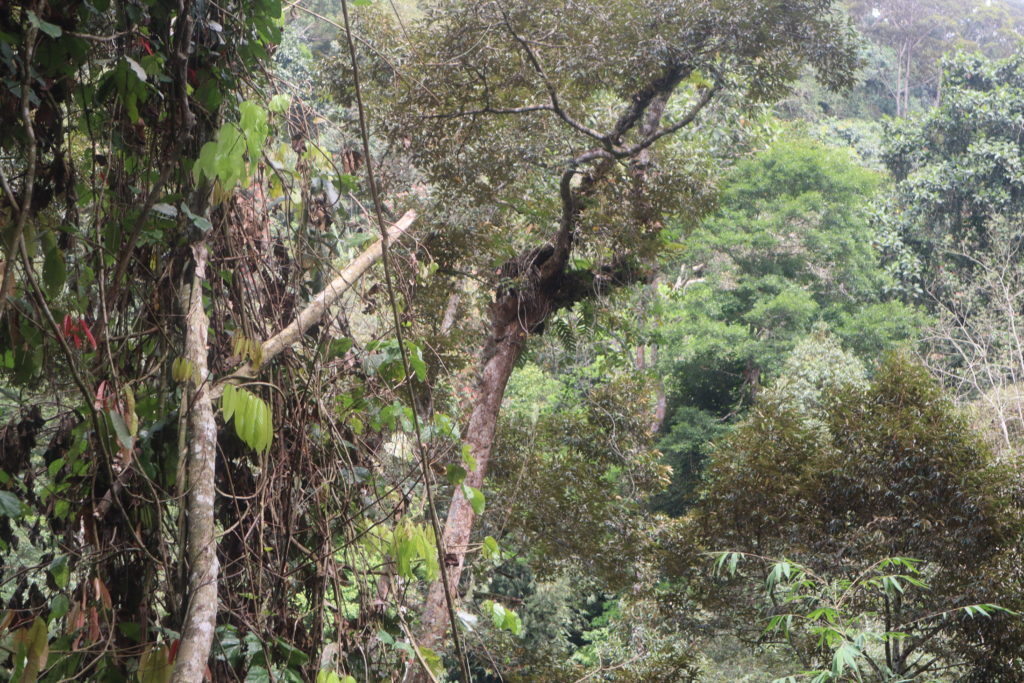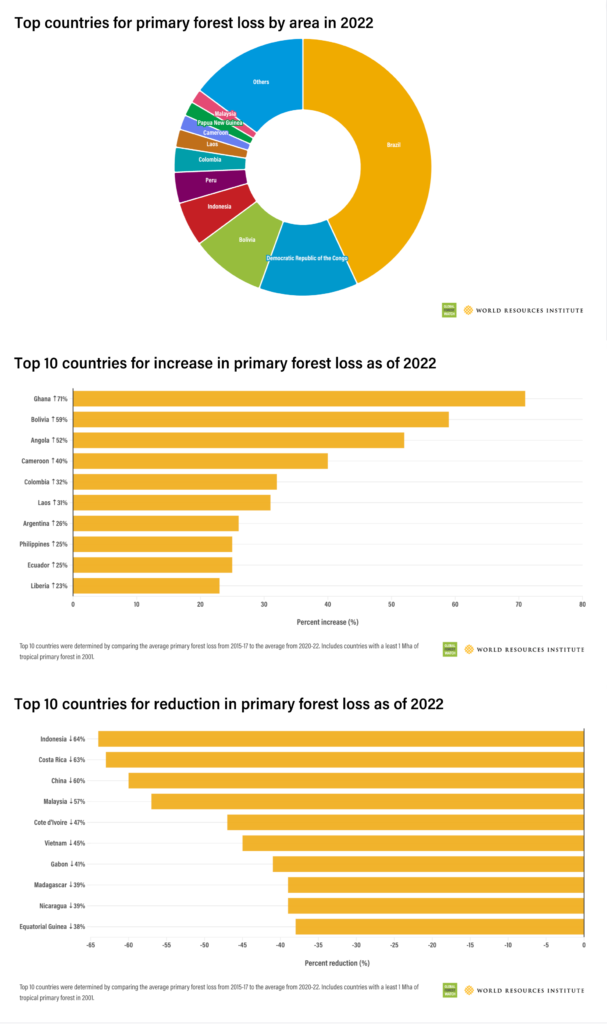
KUALA LUMPUR, June 27 – Data released by the Global Forest Watch (GFW) today revealed that tropical primary forest loss in 2022 totaled 4.1 million hectares, the equivalent of losing 11 football (soccer) fields of forest per minute.
“We are rapidly losing one of our most effective tools for fighting climate change, protecting biodiversity, and supporting the livelihoods and health of millions of people,” GFW said in a statement today, highlighting the findings from its monitoring of the world’s forests in 2022.
Along with Brazil, Russia, Canada, US, Indonesia, Republic of Congo, China, Australia and Bolivia, Malaysia with a loss of 8.9 million hectares in tree cover loss remained in the top ten countries recording the highest tree cover loss from 2001 to 2022. Russia and Brazil were the top two countries, losing 80.3 million and 66.1 million hectares in tree cover loss respectively.

Analysing the trend, GFW, an online forest monitoring platform under the World Resources Institute of University of Maryland, said that the list also showed some of the most important countries to target for forest conservation as they represented the largest total areas of tree cover loss globally.
“As one might expect, the countries with the most forests also tend to be the countries with the most tree cover loss. However, not all tree cover loss indicates deforestation because some tree cover loss (e.g., related to commercial forestry activities) is temporary in nature when forests are allowed to regrow. As such, this list also provides context about the drivers of tree cover loss in a given country and indicates the percentage of tree cover loss that is likely to be permanent. Countries with a high percentage of permanent loss could be viewed as priorities for efforts to reduce deforestation. Countries with a high percentage of temporary loss could be viewed as priorities for promoting sustainable forest management. ”
Malaysia and Indonesia both scored a 95 percent possibility that the tree cover loss will be permanent.
The majority of tree cover loss in Malaysia is due to commodity production, however, more than half of the loss in recent years has occurred inside existing plantations, such as oil palm and rubber, and likely represents the rotational cycles of those tree crops. Outside of those areas, the conversion of forests to industrial plantations and high-impact logging are major contributors to tree cover loss. Malaysia has seen five years in a row of declining primary forest loss, though it has lost nearly a fifth of its primary forest since 2001.
Malaysia was also listed on the top 10 countries for humid tropical primary forest loss from 2002-2022, which indicates the tropical countries with the largest area of loss of humid tropical primary forests, areas of mature rainforest that are especially important for biodiversity and carbon storage. Hence, their significance in the conservation of humid tropical forests.
“Primary forest loss includes both deforestation, such as the conversion of forests to pasture or agriculture, and some forms of forest degradation caused by, for example, understory forest fires. However, given that primary forests can take decades or even centuries to recover, even forest degradation events are of utmost concern.”
While wildfires and forestry were major drivers of tree cover loss in Russia, Canada, US, Australia and China, countries like Malaysia, Indonesia, Paraguay, Peru, Colombia saw commodities-driven forestation and shifting agriculture as major drivers for their tree cover loss.
WRI Distinguished Senior Fellow Frances Seymour, a leading authority on sustainable development, commenting on the state forest loss said:
“2022 was the first year following the ambitious Glasgow Leaders Declaration signed by 145 heads of state at the UN climate summit (COP26) in 2021, promising to halt and reverse forest loss by 2030.
“The Declaration was accompanied by a suite of commitments, including those from public sector donors and private philanthropists to provide $12 billion of forest-related climate finance and $1.7 billion of financing to support Indigenous Peoples and local communities, and from private sector agricultural companies and financial institutions to halt forest loss associated with agricultural commodity production and trade.
“The fact that the loss of tropical primary forests increased by 10 percent in 2022 suggests that front-line decision-makers who control the fate of the forests — such as government officials permitting new roads into intact forest areas, and farmers clearing additional land for their crops — have not yet felt a change in incentives sufficient to alter their behavior. While lag times in translating commitments into action are to be expected, it’s clear that current levels of effort to shift those incentives are too low and too slow to make a difference on the ground and at the pace needed.
“But there is hope that new narratives and new leadership that have emerged over the last year could prompt enhanced ambition and accelerated action.”
–WE